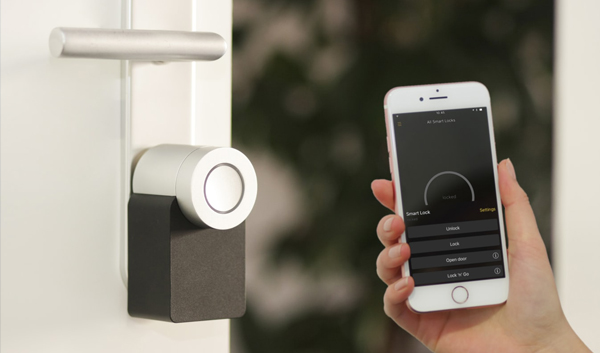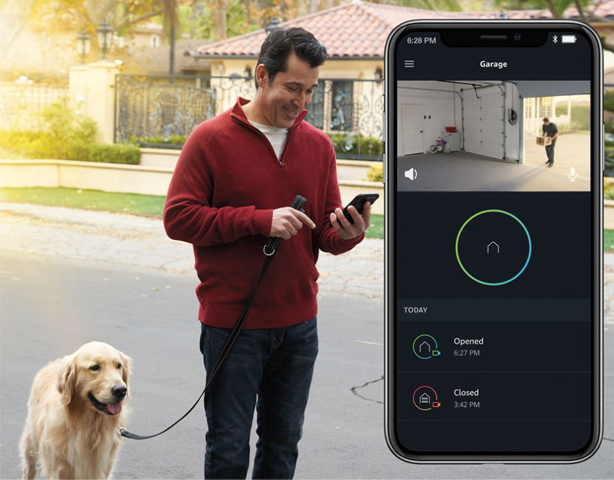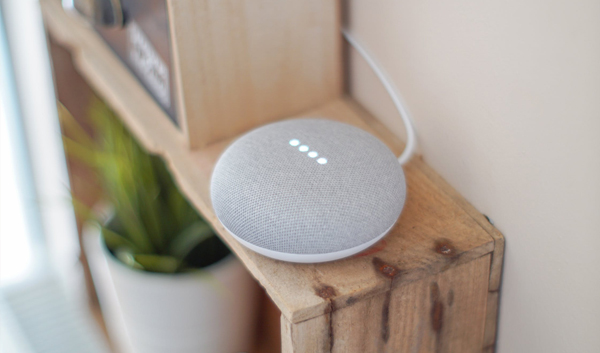Smart Homes

Technology in our everyday lives is becoming smarter and more compact. Home appliances and utilities are implementing smart technology to make processes easier and quicker. Smart home devices are becoming more popular and more affordable.
Smart devices are designed to make life easier for everyone, and more accessible for the elderly and people with disabilities. Devices like smart front door locks (August Smart Lock, Schlage Sense), Smart Plugins, LiftMaster garage door openers with MyQ technology, Ring cameras/doorbells, Nest products, and smart light bulbs are several examples of smart technologies that help people in their everyday lives.

Smart front door locks such as the August Smart Lock use virtual assistants such as Apple Siri to lock and unlock the front door by responding to your voice imprint. You can also unlock the August Smart Lock using its geofencing function, which senses your movement as you approach the door. Smart plugins can control devices such as lights and coffee pots with your smartphone or virtual assistant.
Smart devices such as Ring cameras and doorbells are designed to enhance security, providing an easy way to see who is at your door. They also allow you to communicate with those people via a two-way talk feature.

Liftmaster’s garage door openers with MyQ technology provide security and convenience. You can open and close your garage door from anywhere by using your smartphone or smartwatch. You can also monitor when it opens and closes by receiving push notifications on your smartphone. In addition, you can use the Amazon Key app to grant garage access to delivery drivers, allowing them to place your packages in a safe place.
Advanced technology enables you to have your own personal assistant at your fingertips. Amazon Alexa, Apple Siri, and Google Assistant are the most popular virtual assistants available. Each of these can recognize your voice imprint, and they are included on a variety of both native and third party devices.

Smart TVs are just one of these devices that have become increasingly popular over the past few years – they feature built-in apps and incorporate smart streaming devices. Apple TV, Amazon Fire, Google Chromecast, Roku, and Nvidia’s Shield TV have all become components of our television systems, allowing us to access thousands of movies, shows, music, and games in a matter of seconds.

The biggest challenge to filling your home with smart devices is having fast enough internet to run all your devices at once. As a rule of thumb, each smart device you have will need approximately 3-5 Mbps (megabits per second) of internet download speed (although some devices and applications require more). For example, you will need around 25 Mbps to stream a video in 4k.

To figure out how much internet speed you will need, you must calculate the required amount of internet speed of each device. Online calculators can give you a rough estimate of how much speed you need to buy.
You can also call your cable company to get an estimate. As of today, companies like Xfinity offer speeds up to 2,000 Mbps, which is enough internet speed for most large businesses.
Smart homes make life easier, more accessible, and safe. There are only two disadvantages to owning a smart home: spending more on faster internet speeds and learning how to use each of your devices. In any case, most smart devices are designed to be user-friendly and device manuals and customer support will assist you to overcome the learning curve of each device.

